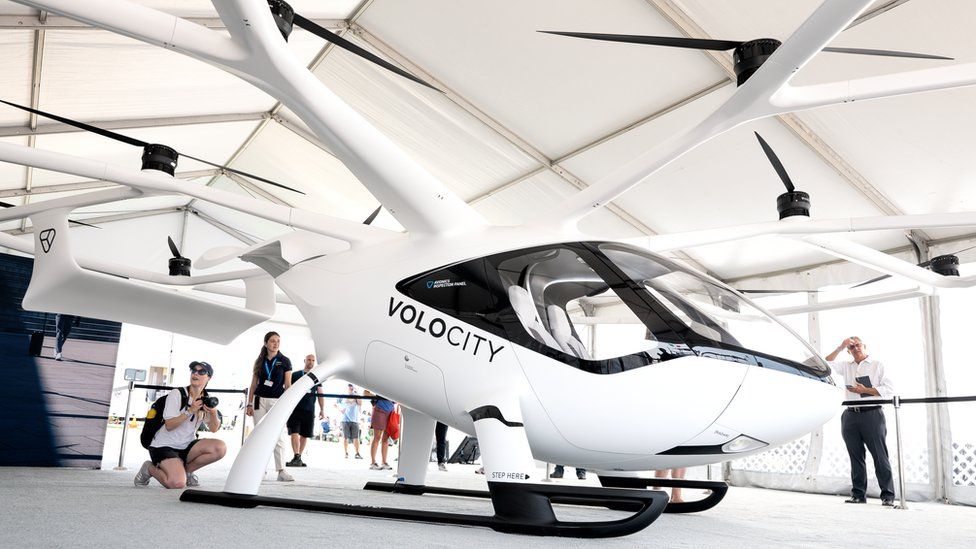
Global corruption
Corruption is, without any words, one of the biggest villains in the economy world. Unfortunately, despite the fact that it’s already 21st century, corruption still has a great impact on our world. Different studies show, that regions with developed economies, such as North America, Western Europe and Australia, have a really low rate of corruption. On the other hand, regions with emerging economy, South America, Eastern Europe and Asia, have a strikingly high level of this economic disaster. Studies also show that the average income in countries with a high level of corruption is about a third of that of countries with a low level of corruption. It is also stated that the infant mortality rate in such countries is about three times higher and the literacy rate is 25% lower. There are some key factors, which tend to show up in high-corruption-level countries. They include:high prices for low quality; inefficiently allocated resources; uneven distribution of wealth; low stimulus for innovation; shadow economy; low foreign investment and trade; poor education and healthcare.
Corruption in Ukraine in general and during the war
Ukraine, unfortunately, is one of the most corrupted countries in the world. Since the day, when Ukraine became independent, it went through a lot of good changes, but corruption remained and even grew. Frankly speaking, one of the reasons of war in Ukraine is corruption. The government was led by money and couldn’t make reasonable decisions. Talking about war, even though Ukraine is on the open battlefield and government makes lots of changes to improve the country overall and make it real for Ukraine to enter the EU, corruption refuses to vanish. There are still plenty of people in the government, who talk a lot about how we need to be honest and work for the good of our motherland but at the same time they take bribes and steal not only the money, which is given by other countries to help us win, they also have the audacity to steal humanitarian help and goods for refugees and soldiers. Ukraine has to become really serious about removing corruption if it wants to make some reasonable changes.
Personal opinion
From my point of view, world should pay more attention to corruption and how to get rid of it as soon as possible. As you see, I am really prone to write about Ukraine, as it is my homeland. It became really interesting for me to read about Ukraine’s problems and to think about the ways of solving them. Ukraine needs to kick out all corrupted pigs and really become a free country in all meanings possible.
Sources
- https://www.investopedia.com/articles/investing/012215/how-corruption-affects-emerging-economies.asp
- https://www.transparency.org/en/cpi/2021






![Revolut vs Youtrip vs Wise - 2023 comparison [SG] - Wise](https://wise.com/imaginary/84c9afe46c29ec536a9f2463d56f7899.jpg)









